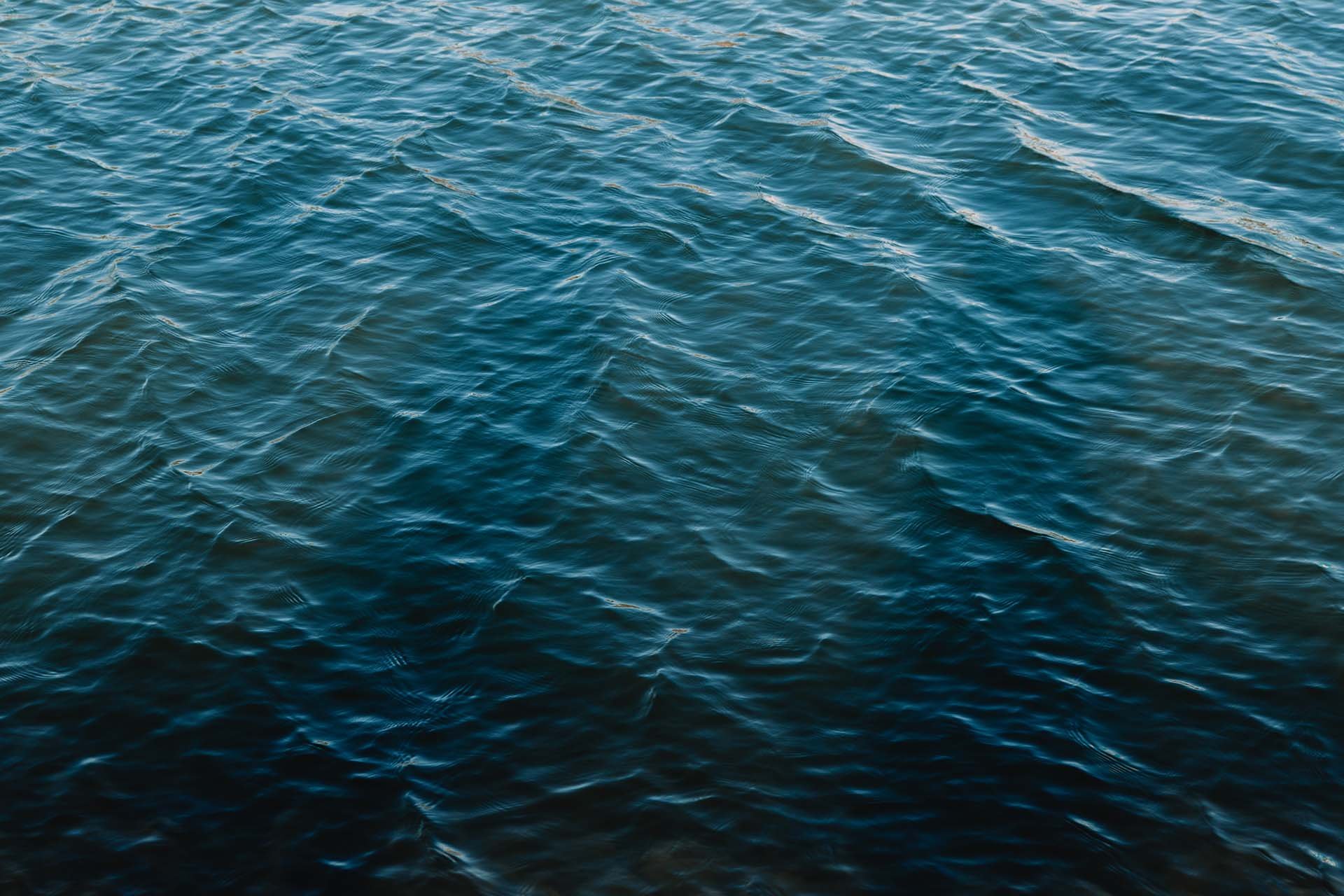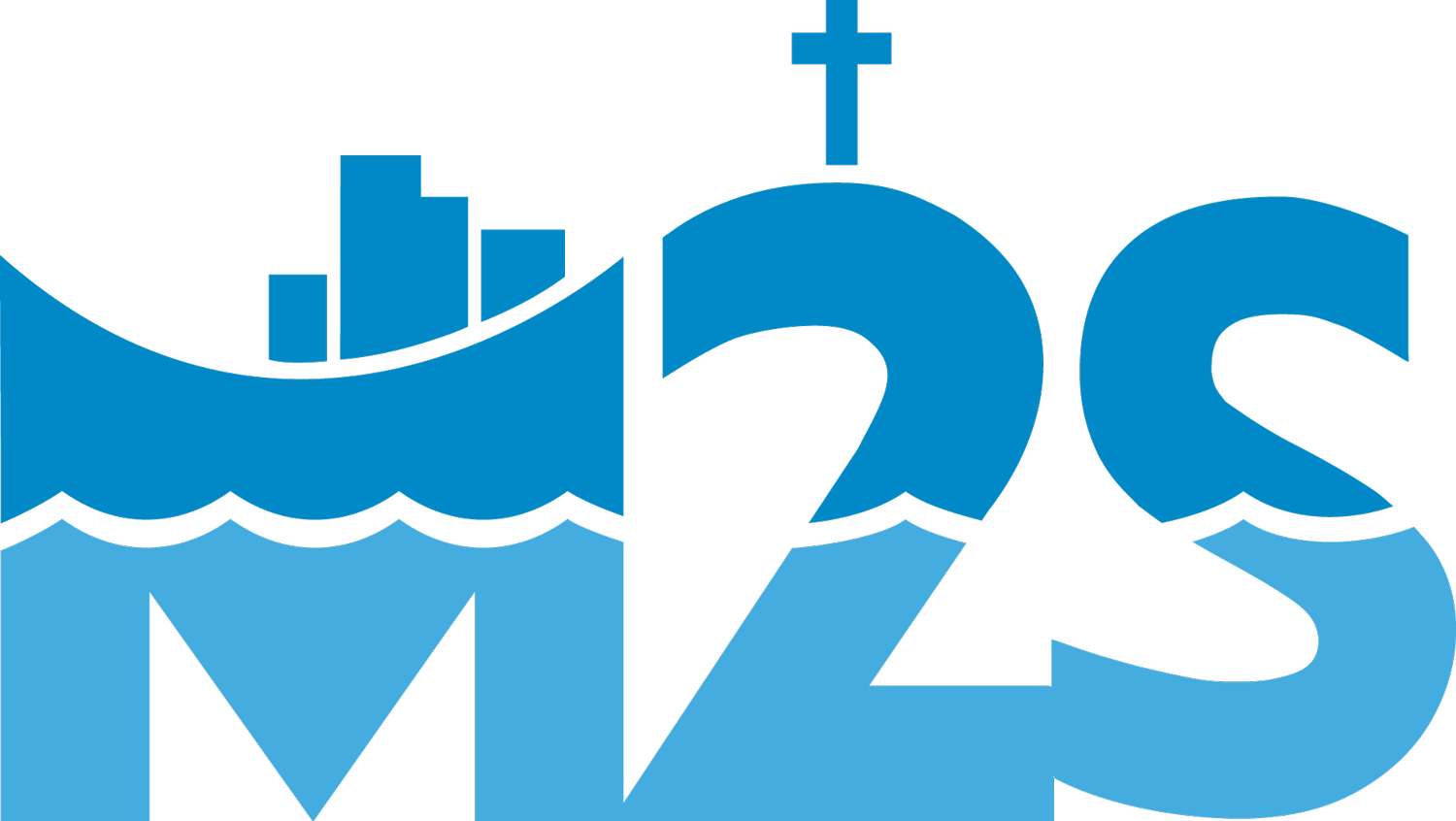
September 13, 2025 - 6th Annual Seaway Bike Tour
-
We are a 100% donor-based charitable organization providing services for the wellbeing of seafarers docking in the Port of Montreal.
-

Sign up to ride (EVENT FULL. NOW CLOSED)
Join us for the 6th Annual Seaway Bike Tour Fundraiser on Saturday, September 13, 2025 from 9 AM-3 PM at Rene-Lévesque Park.
Ride along the Montreal waterways while learning about our work with seafarers.
Choose from distances of 12, 25, 50 and 100 KM.
The 12-KM ride is perfect for new riders or young families.
The 25-KM ride is for casual riders or cyclists who want to ride at a leisurely pace.
The 50-KM ride is for adults only and riders who can keep a 20-KM/hr pace.
The 100-KM ride is paced at 20-KM/hr.
Invite your friends and family to join you. Ready to get started?
-

Sponsor a rider
Thank you for encouraging a rider or team!
You can sponsor an individual or a team or Donate to the general campaign.
A generous donor has offered to match your gift to any rider or the General campaign, up to $20,000. Take advantage of this offer and double your impact today!
-
Donate
Thank you for supporting our work! You can make a donation to the general campaign. A generous donor has offered to match your gift, up to $20,000.
Your donations will help us meet our goals to:
Provide chaplaincy services (visits, personal assistance, spiritual care)
Provide free transportation from ship to shore
Advocate for the well-being of all seafarers
Train and equip new volunteers and interns
Launch a pilot project to educate school children about the life of seafarers.
Seaway Bike Tour Routes
-
Parc René-Lévesque is a peninsula that begins where the Lachine Canal ends. It juts into the St. Lawrence River from where you can view the south shore (Châteauguay and Kahnawake) and Lac Saint-Louis. The park was named after René Lévesque, the premier of Quebec from 1976 to 1985.
There are 22 sculptures in Parc René-Levesque, making it a true open-air gallery. These sculptures are part of a larger collection, mostly found in waterfront parks and at the Lachine museum site. Can you spot other sculptures on your ride to the Lasalle-Coke Crane?
Leave Parc René-Levesque and cycle along the historic Lachine Canal. Inaugurated in 1825, it allowed ships to bypass the turbulent Lachine rapids in the St. Lawrence and continue upriver towards the Great Lakes. The opening of the St. Lawrence Seaway in 1959 made the old canal redundant for commercial shipping. Pleasure craft can still navigate the canal and pass through the locks.
Your halfway point is the historic Lasalle-Coke Crane. Today when we say coke, we might think of a beverage. But do you know the common meaning of the word in the early 1900s?
The LaSalle-Coke crane was built between 1914 and 1916. It’s located in the Borough of LaSalle (part of Montreal). The crane or tower was used to transfer coal from barges (boats) to conveyor belts for use by the Montreal Light, Heat and Power Company. Railway cars passed through the structure at its base. It’s nearly 50 metres high and it’s made entirely of steel.
Take a water break and spend a few minutes imagining all the activity at this spot on the Lachine Canal. It was said, “All gas distributed in the Montreal district for household and industrial use is manufactured at this plant and is its second most important product.” In 1948 the manufacturing plant could carbonize over 1,550 tons of coke per day.
Head back along the Lachine Canal to Parc René-Lévesque where lunch will be waiting for you. As you ride, can you guess which energy company the premier created, still in existence today?
Your participation fee includes lunch and a commemorative item.
-
Parc René-Lévesque is a peninsula that begins where the Lachine Canal ends. It juts into the St. Lawrence River from where you can view the south shore (Châteauguay and Kahnawake) and Lac Saint-Louis. The park was named after René Lévesque, the premier of Quebec from 1976 to 1985.
There are 22 sculptures in Parc René-Levesque, making it a true open-air gallery. These sculptures are part of a larger collection, mostly found in waterfront parks and at the Lachine museum site. Can you spot other sculptures on your ride?
Leave Parc René-Levesque and cycle along the historic Lachine Canal. Inaugurated in 1825, it allowed ships to bypass the turbulent Lachine rapids in the St. Lawrence and continue upriver towards the Great Lakes. The opening of the St. Lawrence Seaway in 1959 made the old canal redundant for commercial shipping. Pleasure craft can still navigate the canal and pass through the locks.
Cross the canal on the green footbridge and get ready for a 30 m climb up Rue Senkus. Don’t worry; the effort will be worth it as you recover on the flat but scenic trails of Parc Angrignon. This is a good place for a pit stop.
It’s time to head to Verdun, one of Canada’s oldest municipalities. It was founded in 1671 and named after the hometown of its French founder, Zacharie Dupuis. Can you spot ancient landmarks and vestiges of its working-class past?
Your next destination and halfway point is Verdun Beach. It’s one of only three public beaches within the city limits. If you’re hot, dip your toes in the river before making your way back to join up with the other groups.
On the way, look for Parc du Quai-de-la-Tortue (Turtle Wharf). This was where farmers from across the river arrived by boat to take their produce to the Marché Bonsecours in Old Montreal.
You’ll pass by Parc des Rapides where herons are often spotted. Shortly thereafter, you’ll come upon Montreal’s standing wave, affectionately called Vague à Guy. Take a moment to admire the talent of the surfers!
As you ride the home stretch of your route, reflect with gratitude on the opportunities Montreal affords to cyclists. We have great city trails, lovely scenery and lots of historical sites to admire.
Your participation fee includes lunch and a commemorative item.
-
Parc René-Lévesque is a peninsula that begins where the Lachine Canal ends. It juts into the St. Lawrence River from where you can view the south shore (Châteauguay and Kahnawake) and Lac Saint-Louis. The park was named after René Lévesque, the premier of Quebec from 1976 to 1985.
There are 22 sculptures in Parc René-Levesque, making it a true open-air gallery. These sculptures are part of a larger collection, mostly found in waterfront parks and at the Lachine museum site.
Leave Parc René-Levesque and cycle along the historic Lachine Canal. Inaugurated in 1825, it allowed ships to bypass the turbulent Lachine rapids in the St. Lawrence and continue upriver towards the Great Lakes. The opening of the St. Lawrence Seaway in 1959 made the old canal redundant for commercial shipping. Pleasure craft can still navigate the canal and pass through the locks.
Leaving the Canal, you’ll pass by Bickerdike Terminal on your left. The ships docking here generally supply cargo to Newfoundland and the Magdalen Islands.
On your right you’ll notice HABITAT 67 which is part of Montréal's Expo 67 heritage. It was built as a pavilion for the World Fair held from April to October of that year. It's considered an architectural landmark and one of the most recognizable buildings in our city.
Look to your left across the river and spot the Port of Montreal Tower. Have you been up this 65 m observation structure? The views are spectacular!
On the next pier over, you may see bungee jumpers launch themselves off the 64 m tower and you may hear their screams too!
l’Île-Sainte-Hélène is your next destination. It’s the former site of Expo '67 and it hosted events from the '76 summer Olympics as well. The island was enlarged and merged with several nearby islands, using earth excavated during the construction of the Montreal metro. The Le Moyne Channel separates it from the nearby man-made island of Notre Dame. Together, they form Parc Jean-Drapeau which includes the Circuit Gilles Villeneuve, a beach, the biosphere, an aquatic complex, the Steward Museum and the La Ronde amusement park.
Take the Passerelle du Cosmos to Notre Dame Island. This island is best known for the Circuit Gilles Villeneuve where the FIA Formula 1 Grand Prix du Canada event takes place annually. When it's not in use for an event, the track is open to cycling, para-cycling, inline skating and running enthusiasts.
Pit Stop: This is a good place for a water break or a trip to the loo.
Take a lap or two around the track before you move on.
Follow signs to La Route Verte 1 / La Petite Voie du Fleuve. On your right is the 33 KM-long shipping canal which allows ships to bypass the Lachine Rapids. Keep a close eye out for a ship which may be passing by. If you spot anyone, give them a hearty wave. These seafarers are the people who deliver to you 90% of all you use and own.
Look for signs directing you to the new Pont Samuel-De Champlain bridge bike path. The bridge opened in 2019 and affords spectacular views of the St. Lawrence River. You’ve just passed the halfway point of your ride.
Now you’re on your way to Verdun, one of Canada’s oldest municipalities. It was founded in 1671 and named after the hometown of its French founder, Zacharie Dupuis. Can you spot ancient landmarks and vestiges of its working-class past?
Your next destination is Verdun Beach. It’s one of only three public beaches within the city limits. If you’re hot, dip your toes in the river!
Carry on and look for Parc du Quai-de-la-Tortue (Turtle Wharf). This was where farmers from across the river arrived by boat to take their produce to the Marché Bonsecours in Old Montreal.
You’ll pass by Parc des Rapides where herons are often spotted. Shortly thereafter, you’ll come upon Montreal’s standing wave, affectionately called Vague à Guy. Take a moment to admire the talent of the surfers!
As you ride the home stretch of your route, reflect with gratitude on the opportunities Montreal affords to cyclists. We have great city trails, lovely scenery and lots of historical sites to admire.
Your participation fee includes lunch and a commemorative item.
-
Parc René-Lévesque is a peninsula that begins where the Lachine Canal ends. It juts into the St. Lawrence River from where you can view the south shore (Châteauguay and Kahnawake) and Lac Saint-Louis. The park was named after René Lévesque, the premier of Quebec from 1976 to 1985.
There are 22 sculptures in Parc René-Levesque, making it a true open-air gallery. These sculptures are part of a larger collection, mostly found in waterfront parks and at the Lachine museum site.
Leave the park at 8:30 AM to make the Navark N1 ferry at 10:30 AM.
On the first leg of your adventure, you’ll ride along the historic Lachine Canal. Inaugurated in 1825, it allowed ships to bypass the turbulent Lachine rapids in the St. Lawrence and continue upriver towards the Great Lakes. The opening of the St. Lawrence Seaway in 1959 made the old canal redundant for commercial shipping. Pleasure craft can still navigate the canal and pass through the locks.
You’ll leave the Lachine Canal and ride along the Bickerdike Basin on your left. The terminal here generally services Newfoundland and & Magdalen Islands.
Cross the seaway via Pont de la Concorde. You’ll arrive on Îles Sainte-Hélène, home of Expo ’67.
You’re headed for Montreal’s South Shore via the Pont Jacques-Cartier. You’ll have a bit of a climb so pace yourself! You should arrive at the ferry terminal in plenty of time. Your spot has been reserved and the 30-minute crossing is free. Enjoy the views of the port from the water!
Arriving back in Montreal, turn right to continue east towards the tip of the island. Your next destination is Parc-nature de la Pointe-aux-Prairies, a vast 261-hectare urban green space. This is a good spot for a pit stop.
Double back the way you came along rue Notre-Dame. You’ll cross Île Notre-Dame, an artificial island made when Montreal excavated 15 million tons of rock to make room for the subway (Metro) system. You’ll get to ride on the Circuit Gilles-Villeneuve, used for the FIA Formula 1 Canadian Grand Prix.
Follow signs to La Route Verte 1 / La Petite Voie du Fleuve. On your right is the 33 KM-long shipping canal which allows ships to bypass the Lachine Rapids. Keep a close eye out for a ship which may be passing by. If you spot anyone, give them a hearty wave. These seafarers are the people who deliver to you 90% of all you use and own.
Look for signs directing you to the new Pont Samuel-De Champlain bridge bike path. The bridge opened in 2019 and affords spectacular views of the St. Lawrence River.
Your next destination is Île des Sœurs where you will do a loop around the island. The Soeurs de Notre-Dame Congregation began acquiring land and by 1769, they were the sole owners. In 1788 a convent was built for them and for more than 200 years, the sisters harvested wheat and oats and raised livestock. The nuns considered selling the island when construction of the Seaway began in 1954. In 1956 they sold the island for $1.3 million.
It’s time to head to Verdun, one of Canada’s oldest municipalities. It was founded in 1671 and named after the hometown of its French founder, Zacharie Dupuis. Can you spot ancient landmarks and vestiges of its working-class past?
Notice Verdun Beach. It’s one of only three public beaches within the city limits. If you’re hot, dip your toes in the river!
Carry on and look for Parc du Quai-de-la-Tortue (Turtle Wharf). This was where farmers from across the river arrived by boat to take their produce to the Marché Bonsecours in Old Montreal.
You’ll pass by Parc des Rapides where herons are often spotted. Shortly thereafter, you’ll come upon Montreal’s standing wave, affectionately called Vague à Guy. Take a moment to admire the talent of the surfers!
As you ride the home stretch of your route, reflect with gratitude on the opportunities Montreal affords to cyclists. We have great city trails, lovely scenery and lots of historical sites to admire.
Your participation fee includes lunch and a commemorative item.
Routes:
Take the Next Steps to Become a Rider
-

Purchase
Purchase your ticket(s), one for each rider (adult/youth/child). Tickets are not eligible for a tax receipt and youth under 14 must be accompanied by an adult. Tickets include all ferry transfers, the park entrance fee and lunch.
-

Activate
In the welcome email you receive, click the Activate your account button to create your personal fundraising page.
Set a target amount to raise. In honour of our 60th anniversary, we suggest $600/rider.
-

Personalize
Personalize your fundraising page. You can set up the page for yourself or a family/team. Share about your involvement with M2S. We're here to help if you get stuck or need support.
-

Invite
Invite your community to sponsor you or your team and ask them to contribute. Be specific in your request!

“The event was well organized. The routes were easy to follow. Thanks again for organizing this. Looking forward to it again next year.”
— Evert, a Seaway Bike Tour participant


